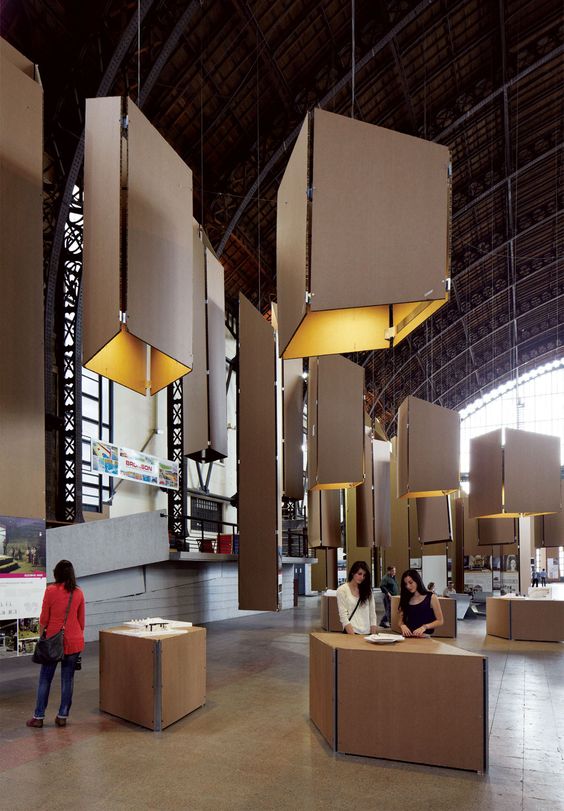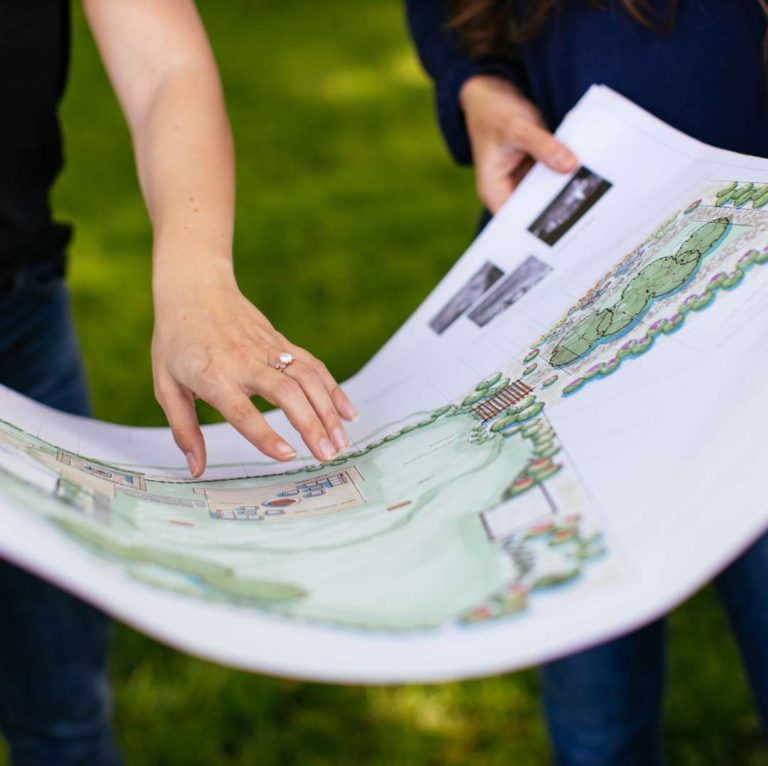Interior designer, jewelry designer and blogger. Passionate about design and art, travel and food.
Similar Posts

4 Reasons Why Your Interior Design Business Should Exhibit At An Expo
Spread the loveThere are many different ways of marketing your business, and one of those that you might want to consider is exhibiting at an expo. For some, the cost of doing this can be off-putting, but once you realize just what you can get out of it in terms of business, you may feel…

5 Things to Know Before Going to School for Interior Design
Spread the loveBecoming an interior designer can open up a world of career possibilities. Not only will you be able to create stunning looks and practical environments, but you’ll be improving the lives of everyone who lives around your work. Designers can also make a lot of money in their careers, which is why so…

11 Ways to Get Freelance Clients to Come to You
Spread the loveFreelance specialists often face the problem connected with the growth of their clientele base, especially beginners. At first, it seems like you spend more time while looking for customers than working. We collected the best methods on how to extend your freelance base and get more orders. Besides, you can check offers on uk.jobsora.com,…

The Best Daily Planners for Interior Designers for 2016
Spread the loveHello my lovely friends! It’s quite unbelievable, but we are already in 2016 🙂 I hope you all are having fantastic holidays. I started the new year full of enthusiasm and dedication to pursue all my dreams in 2016. I hope the energy of Monkey (2016 in the Chinese zodiac) will help us all to…

Don’t Overlook These Things When Opening Your Interior Design Shop
Spread the loveDeciding to take your online business to a brick and mortar location is huge. Though your online business may have been successful, transitioning to an actual store has certain dynamics you need to prepare for. Beyond choosing the right location and finding the right pieces to showcase your skills, there are a lot…


If you are just starting your own interior design business, one of the common mistakes you might make is undercharging for your work. This usually happens for various reasons:
As a result somewhere in the middle of the project you realize that you are basically working for free. Needless to say that this results in lack of motivation, frustration and decline in productivity.
Below are several tips on how to avoid undercharging in your interior design business:
How to handle if you feel you have undercharged your client:
Have you ever faced the situation of undercharging your clients? How did you handle it? Please share your experience in the comments below.
If you would like to get more tips on growing your interior design business, check out my eBook called “Marketing for interior designers“, where I highlight 23 effective marketing tools that will help you to get new clients.